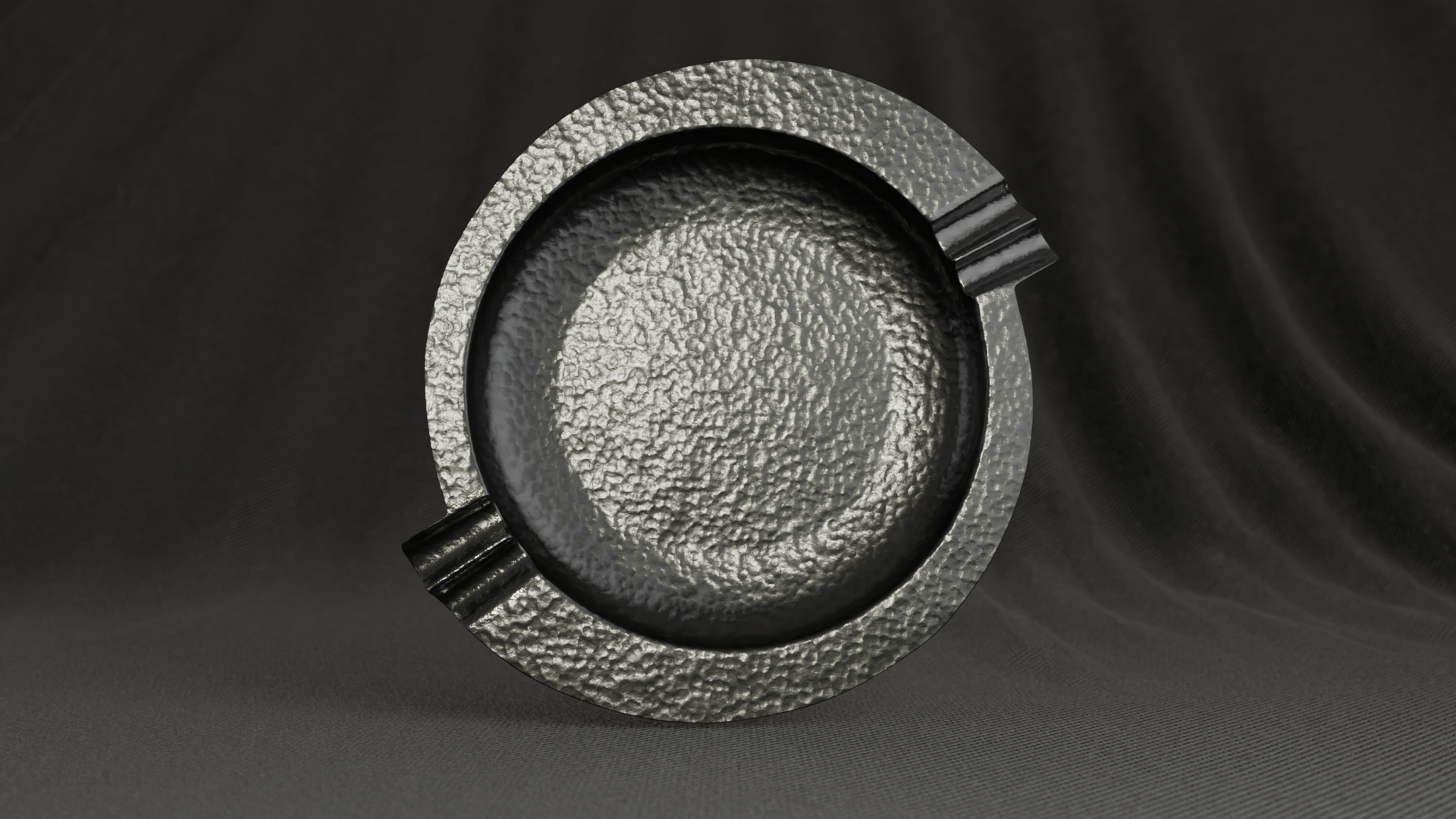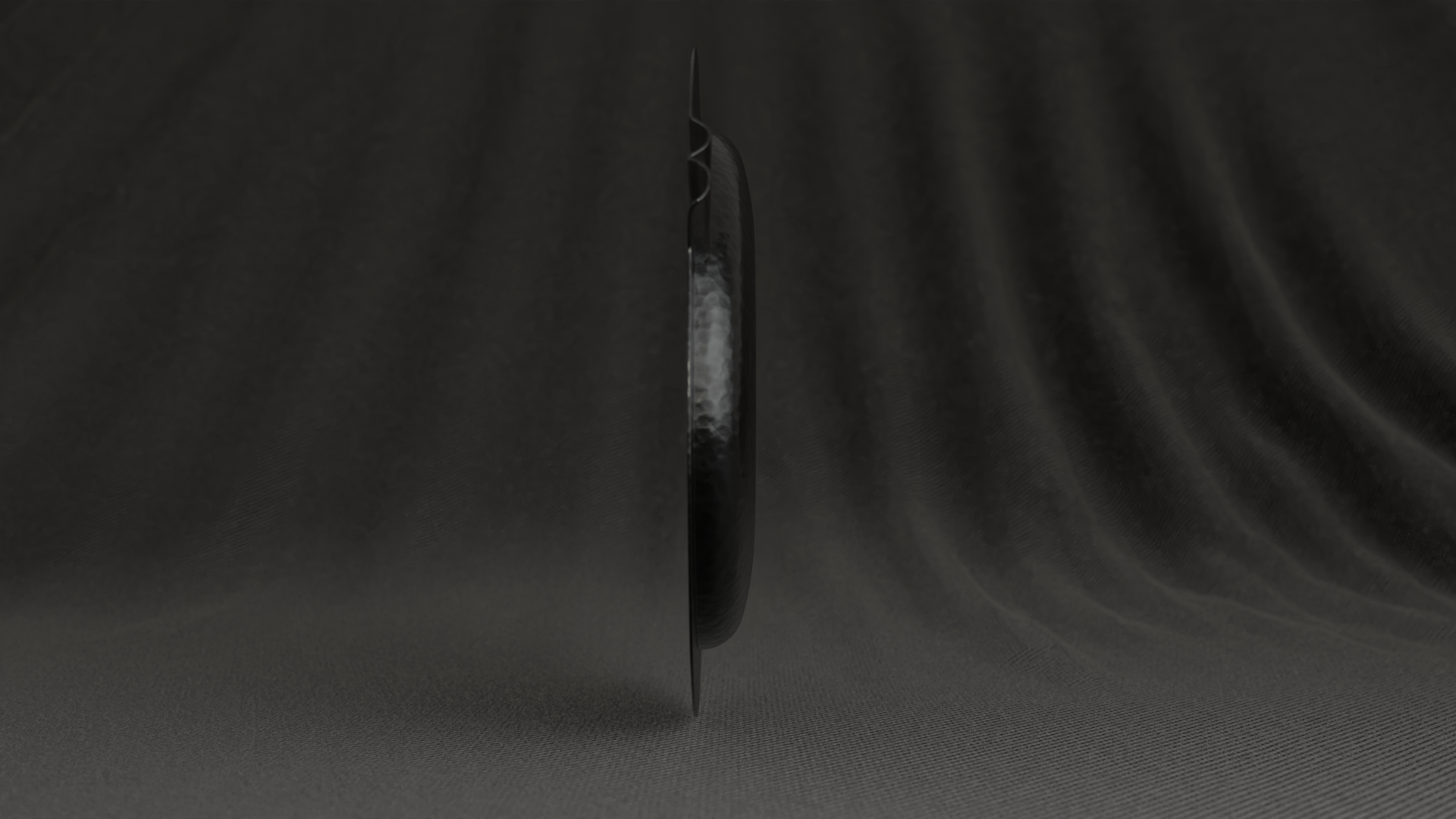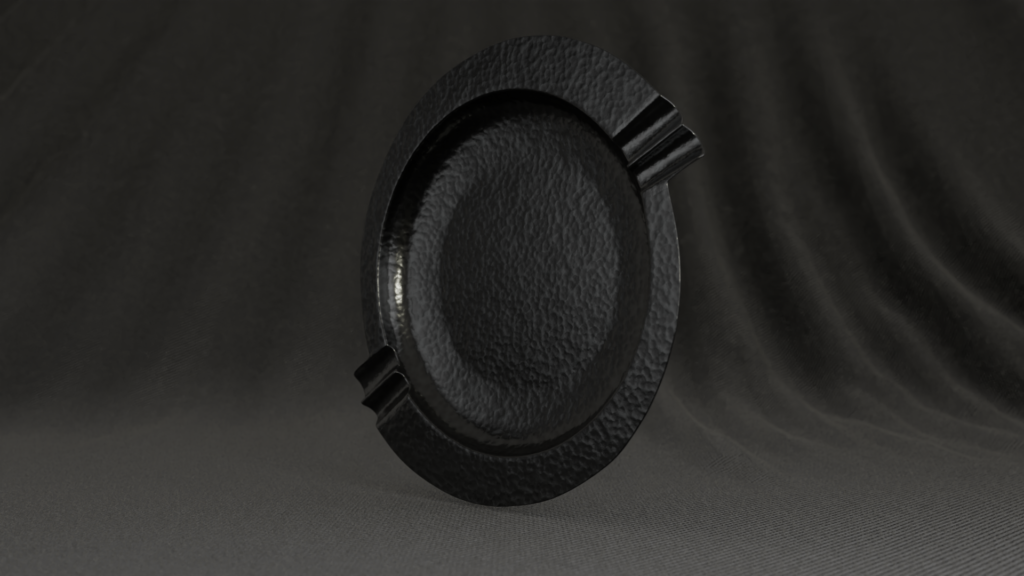JULIA KEILOWA
(née Ringel) born on July 16, 1902, in Stryj into a Jewish family, Julia Keilowa was a sculptor and designer, best known for her industrial forms, including the iconic Royal Applej sugar box, Sphere sugar box, and Double-Sickle Ashtray. She began her artistic studies in 1921 at the State School of Industry in Lviv, in the Department of Construction and Art. In 1922, she married Ignacy Keil, and a year later, she gave birth to their son, Marceli. From 1925, she continued her education at the Warsaw Academy of Fine Arts in the studio of Tadeusz Breyer. She was a member of the artistic cooperative Forma and the artists' cooperative Ład. From 1932, Keilowa collaborated with leading Warsaw silverware manufacturers, designing for producers such as Fraget, Norblin, and Bracia Henneberg. In 1937, she received an award at the Paris Exhibition, and in 1938, she held a solo exhibition at the Institute of Art Promotion. In 1939, she decided to move to Lviv to be with her family. Despite difficult conditions, she managed to establish a ceramics workshop there. In 1941, she returned to Warsaw, where she and her family were forced into hiding. In 1943, she was arrested on the street and never returned to her hiding place. The exact location, date, and circumstances of Julia Keilowa's death remain unknown.

DOUBLE-SICKLE FORGED ASHTRAY
The sickle-shaped ashtray is a distinctive form among the objects designed by Julia Keilowa. Several forged variants of this object are known, including the double-sickle, tri-sickle, and versions featuring the designer’s signature. Julia Keilowa created a smooth-surfaced variant of the Double-Sickle Ashtray for Fraget, which did not require manual forging. After the war, the Warsaw Silverware Factory (the nationalized pre-war Fraget workshops) used pre-war models to manufacture objects based on Keilowa’s designs, including the Double-Sickle Ashtray. In 1957, the ashtray's image was included in the Jewelry Products Catalog of the Ministry of Internal Trade. The work remained unsigned, and the artist, along with her achievements, remained unrecognized for many years.


RECONSTRUCTION OF THE DOUBLE-SICKLE FORGED ASHTRAY
The 3D model of the ashtray was created based on a black and white photograph of Forged Ashtrays: Bowl, Two-Sickle and Three-Sickle by Benedict Jerzy Dorys from 1935 (National Digital Archives, 3/1/0/11/3487). Some of Keilowa’s ashtrays and other objects have survived to this day, serving as references for the creation of the 3D model. The surrounding environment and lighting of the object were based on documentation of Keilowa’s works, also created by Benedykt Jerzy Dorys.
Bibliography:
Julia Keilowa. Projektantka art déco, red. Aleksandra Kędziorek, Małgorzta Makowska, Muzeum Warszawy, Warszawa 2024
Julia Keilowa. Metaloplastyczka na nowe czasy, Małgorzata Czyńska, Wydawnictwo Marginesy, Warszawa 2024
Zadanie; forma. Pracownia profesora Tadeusza Breyera w warszawskiej Akademii Sztuk Pięknych w latach 1923-1939 Anna Rudzka, Akademia Sztuk Pięknych w Warszawie, Warszawa 2024